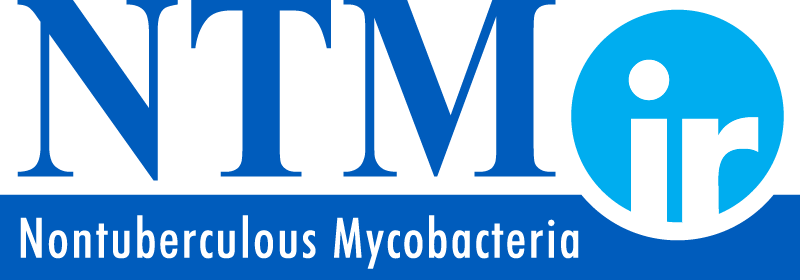Your lungs are made up of three lobes on the right and two lobes on the left, although each lung is about the same size. Sometimes lung damage associated with an NTM infection may be isolated or most severe in one lobe or one area of your lung. Surgical removal of that lobe or area (“lobectomy” or “segmentectomy”) combined with other treatments such as antibiotics may be recommended.
Although surgery doesn’t usually replace the need for antibiotics, it may improve the chance the infection is eventually eradicated. You might be considered a candidate for surgery if the infection is more localized in one area of the lung, and if standard antibiotic therapy has failed or isn’t well tolerated. Many times, surgery is performed using a technique known as VATS (video-assisted thoracic surgery), which is much less invasive, considerably less painful and has a shorter recovery period. The open surgical method, which requires the use of a rib spreader, is used when there is more extensive damage and more lung tissue needs to be removed.
Prior to surgery, you will be on an intensified antibiotic treatment for two to three months to reduce the infection in your lungs as much as possible, as this can help minimize complications. You will be evaluated for your general fitness and cardiac function, as these are also indicators of how well you can tolerate the surgery and recovery.
The surgery itself can last anywhere from 1.5 to 8 or more hours. During a VATS procedure, three small incisions are made, one for the video scope and two for the surgical instruments. The lobe or segment is carefully separated and removed from the other lung tissue, then placed in a bag and removed – the bag is used so the lobe does not touch other tissue and spread infection elsewhere.
After the procedure, you will probably stay in hospital two to four days, and you’ll be prescribed oral medications for pain management at discharge. They will be tapered off over the next several weeks. Typical recovery length is 3 to 6 weeks. You will be walking the day after surgery, and after you are discharged from the hospital you should walk daily as instructed by your doctor as this will help your recovery along.
Other activities will depend on your recovery. You should not attempt to drive until you are off of pain medication and at least three weeks after your surgery. Walking as a form of exercise is important for your recovery, while other forms of exercise probably shouldn’t be attempted until 4 to 6 weeks after surgery, and definitely not until your doctor has cleared you to do so.
The remaining lung generally should be relatively free of disease, and calculated pulmonary function after surgery should be in the range of acceptable to relatively normal or reasonable.
